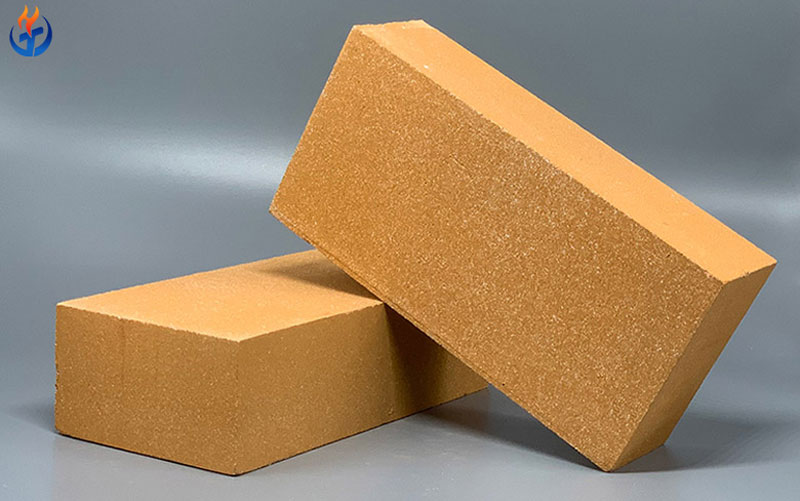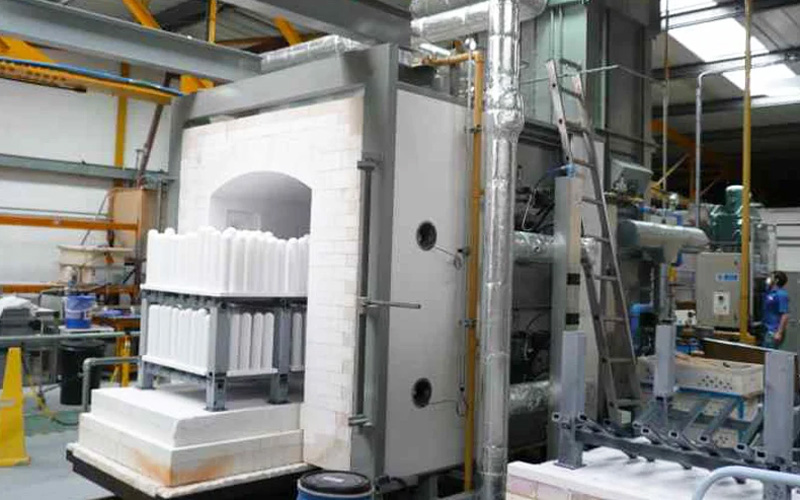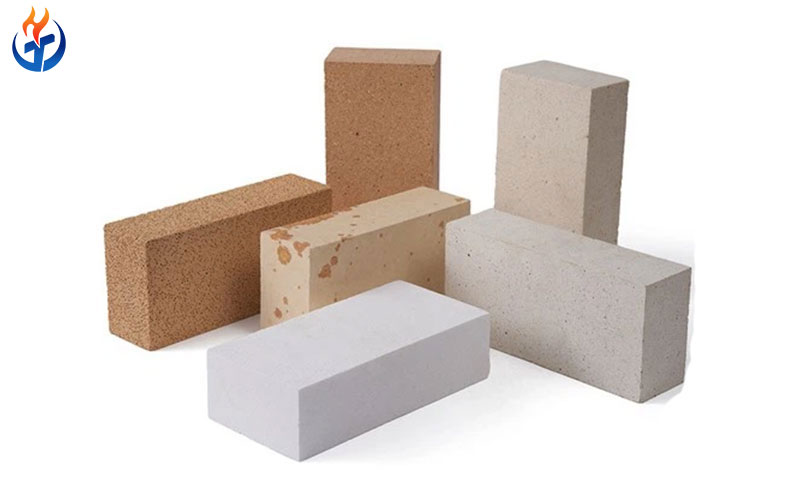When selecting refractory materials for industrial furnaces, kilns, and high-temperature equipment, one key performance index that engineers often examine is thermal conductivity. For insulation products, this parameter plays a critical role in evaluating energy efficiency and thermal performance. Among many refractory materials, high alumina bricks stand out for their excellent refractoriness, strength, and versatility. But how does their thermal conductivity compare, and why is it important?
This article will explore the thermal conductivity of high alumina bricks, explain the factors that influence it, provide reference values, and highlight how this property affects their applications in thermal equipment design.
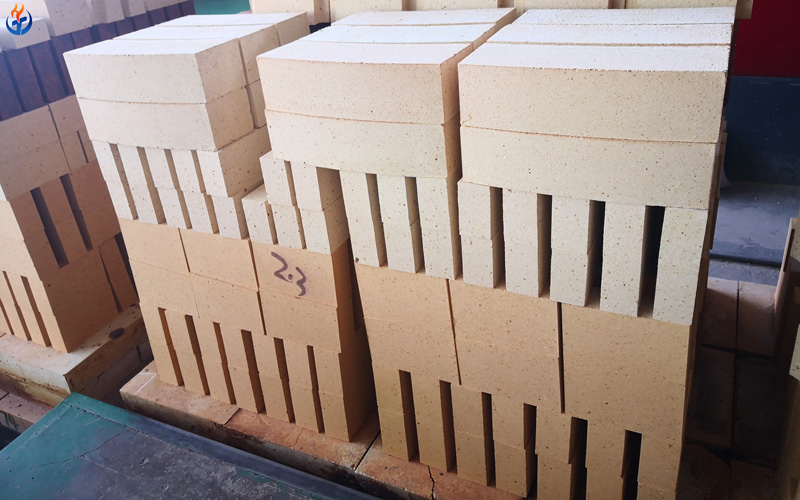
Understanding Thermal Conductivity in Refractories
Thermal conductivity is the ability of a material to transfer heat. It represents the amount of energy passing through a unit area of material per unit time and unit temperature gradient.
High thermal conductivity means heat flows easily through the material.
Low thermal conductivity means the material resists heat transfer, offering better insulation.
In refractory engineering, thermal conductivity is especially critical for insulating bricks. It determines how much heat escapes from furnaces and influences fuel efficiency, temperature stability, and worker safety.
For dense, heavy refractory bricks (like standard high alumina bricks), thermal conductivity is not always listed as a main parameter. In contrast, lightweight insulation bricks always include thermal conductivity data because their primary role is to prevent heat loss.
Factors Affecting the Thermal Conductivity of High Alumina Bricks
The thermal conductivity of high alumina bricks is not a fixed value. Instead, it depends on a range of material and structural factors:
2.1 Chemical Composition
The alumina (Al₂O₃) content directly impacts thermal conductivity. Bricks with higher alumina generally exhibit higher refractoriness and strength, but their heat transfer behavior varies depending on the balance of alumina and other oxides.
2.2 Mineral Phase Composition
The crystalline phases present in the brick—such as mullite, corundum, and glassy phases—affect the conduction of heat. Mullite has lower thermal conductivity compared to corundum, meaning that the dominant mineral phase can alter thermal performance.
2.3 Porosity and Density
Perhaps the most decisive factor is porosity.
Higher porosity → more trapped air → lower thermal conductivity.
Lower porosity (denser bricks) → fewer pores → higher thermal conductivity.
For example, lightweight insulation bricks are deliberately made with high porosity to minimize thermal conductivity, while dense refractory bricks emphasize strength and slag resistance, not insulation.
2.4 Microstructure
The shape, size, and distribution of pores in high alumina bricks also play a role. Uniformly distributed fine pores reduce thermal conductivity more effectively than irregular or interconnected pores.
Reference Values of Thermal Conductivity
To better understand how thermal conductivity varies with density, here are standard reference values for lightweight high alumina insulation bricks:
Bulk density: 0.6 g/cm³ → Thermal conductivity: ~0.25 W/m·K
Bulk density: 0.8 g/cm³ → Thermal conductivity: ~0.29 W/m·K
Bulk density: 1.0 g/cm³ → Thermal conductivity: ~0.35 W/m·K
Bulk density: 1.2 g/cm³ → Thermal conductivity: ~0.45 W/m·K
From these figures, we can clearly see the relationship: as density increases, thermal conductivity also increases. This is because denser materials have fewer air-filled pores, allowing heat to pass through more efficiently.
In contrast, dense high alumina bricks—with bulk densities often above 2.3 g/cm³—do not typically list thermal conductivity as a key specification. Their function is to withstand high mechanical and chemical stresses, rather than to provide insulation.
Thermal Design Considerations
Why is the thermal conductivity of high alumina bricks so important in practice?
4.1 Energy Efficiency and Heat Loss
In high-temperature furnaces, energy loss through walls is a major operational cost. Using insulation bricks with lower thermal conductivity reduces fuel consumption and helps maintain stable internal temperatures.
4.2 Layered Refractory Structures
In many designs, engineers combine heavy high alumina bricks (for structural strength and slag resistance) with lightweight insulation bricks (for heat preservation). The thermal conductivity values of each layer must be calculated to ensure optimal thermal balance.
4.3 Application-Specific Needs
In coke ovens and flame-retardant heating furnaces, sometimes higher thermal conductivity is beneficial to ensure heat transfer through partition walls.
In furnace linings for energy-intensive industries (steel, glass, ceramics), low thermal conductivity is desired to minimize energy loss.
Thus, the required thermal conductivity depends on the role of the refractory in the thermal equipment.
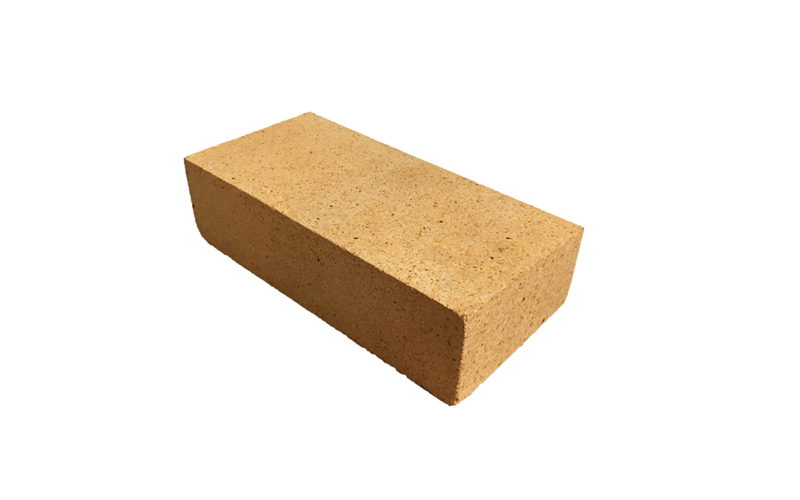
Comparison: Alumina vs. Other Refractories
A common question is: Does alumina itself have high thermal conductivity?
Pure alumina (Al₂O₃) in crystalline form, such as corundum, indeed has relatively high thermal conductivity compared to other oxides.
However, high alumina bricks are not pure alumina; they are composites with varying porosity and phases like mullite, which reduce overall conductivity.
Compared with silica bricks, high alumina bricks generally exhibit lower thermal conductivity at lower temperatures but can perform better at elevated temperatures due to stable mineral phases.
When compared with fireclay bricks, high alumina bricks may have slightly higher conductivity, but their superior refractoriness and strength often make them a preferred choice.
Practical Examples in Industry
To illustrate, let’s consider two scenarios:
Steel industry furnaces: Here, heavy-duty high alumina bricks form the structural lining. Their thermal conductivity is less relevant than their load-bearing and slag-resisting capabilities. Insulating linings are added behind them to reduce heat loss.
Ceramic kilns: Lightweight high alumina insulation bricks are used where thermal conductivity must be minimized. Their ability to keep external shell temperatures lower improves working conditions and saves energy.
Conclusion
The thermal conductivity of high alumina bricks depends on their density, porosity, and mineral composition. For lightweight high alumina insulation bricks, values typically range from 0.25 to 0.45 W/m·K, increasing with density. For dense, heavy high alumina bricks, thermal conductivity is not usually a specified index because their role focuses on strength and resistance rather than insulation.
In thermal design, engineers must balance the need for mechanical strength and insulation. By understanding the thermal conductivity characteristics of high alumina bricks, industries can optimize furnace performance, reduce energy consumption, and extend the service life of refractory linings.

